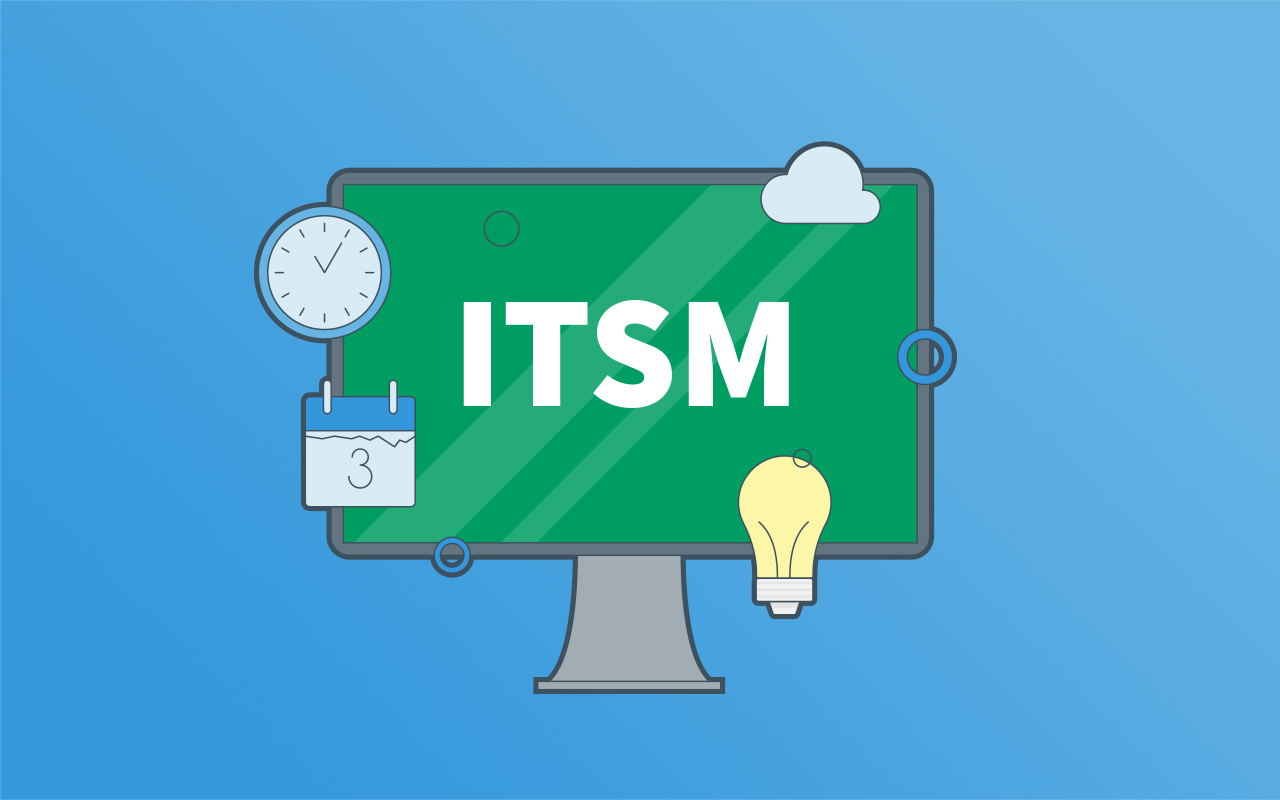EV Blog
Bob Rizzo | October 27, 2020
3 Signs it’s Time to Change ITSM Providers
Your ITSM provider is a part of your company’s day-to-day operations. The ITSM tools work around the clock, going beyond when your first service desk employee clocks in for the morning and the last clocks out for the night. When you are asleep, the data you store, the tickets your team creates and works through – they all rest with an ITSM provider.
For the lucky ones (ahem, our customers) their relationship with the ITSM provider rivals the romances of the movies. We champion you. We hold up a boom box to your window in the night and ride on a lawnmower through a football field with our fist held high to celebrate your wins.
 But for others, the relationship with an ITSM provider might be toxic. Like a bad romance, the service doesn’t show up when it says it will, it forgets important information and loses others, and support is NEVER available when you call. It is textbook rom-com – that ITSM provider is the bad boyfriend before you give up and find “the one”.
But for others, the relationship with an ITSM provider might be toxic. Like a bad romance, the service doesn’t show up when it says it will, it forgets important information and loses others, and support is NEVER available when you call. It is textbook rom-com – that ITSM provider is the bad boyfriend before you give up and find “the one”.
Or, perhaps you fall into a third category. The “just enough-ers”. The ITSM provider gives you just enough so that you never leave, but you don’t really feel a strong urge to stay. There is just enough automation, or ITIL processes and support to keep you locked in, year after year. But if someone asks you about your ITSM provider, you can’t seem to find anything that wows you. They are too mediocre to stay and too mediocre to leave.
If you are not in the first category, it is time to ask yourself: are you satisfied with your ITSM solution? Silly romance analogies aside, what are the signs that it is time to change to a new service management software?

What is an ITSM Provider?
As mentioned above, ITSM is part of nearly all things to keep your business running. ITSM is often a catch-all term for the processes of the IT department, but Axelos offers the formal definition:
“The implementation and management of quality IT services that meet the needs of the business. IT service management is performed by IT service providers through an appropriate mix of people, process and information technology.”
Now that we know what ITSM is, what are ITSM providers? In short, an ITSM provider combines the ITSM processes, ITIL (or another framework) processes, and other building blocks into a software that facilitates ticketing requests and other functions.
IT has an opportunity to support digital transformation across the enterprise, and an integrated cloud-based IT Service Management (ITSM) software tool is paramount to success. The right tool can reduce costs by as much as 50% and increase productivity by as much as 30%.
Your ITSM solution may be on-premises or may be cloud-based (SaaS). Either way, the solution should be accessible to both the IT department and those outside of the department, and may be used enterprise-wide beyond simply the IT department.

What to Look for In an ITSM Provider
There are several capabilities to consider in an ITSM tool, but knowing what to look for in an ITSM software provider may prove slightly more complicated.
Just as there are three signs it is time to change ITSM providers, there are also three major opportunities to factor in when looking for a provider.
The most important thing to consider, aside from capabilities like change and release management and ITIL frameworks, is the total cost of ownership. The cost on the surface is not the final cost of the solution – many factors must be considered including the cost to employ someone who can act as an administrator, as well as the cost of implementation.
An example of this is EasyVista’s solution: without the need for costly coders, implementation is inexpensive and only ½- 1 full time employee is needed for administration (vs. other vendors which need 3-4 full time employees to act as administrators, not including implementation developers).
You should also consider the longevity and stability of the provider, as well as their ability to grow and scale with your company. A stable provider will be able to invest in continual innovation and will be able to keep up with your company’s growth – while a less stable company offering mini-suites might be a cheaper option, you may wind up having to change providers as your company outgrows the software.
And finally, it is crucial to consider the ease of implementation and use. Being able to quickly implement, and use, an ITSM solution is important because it means you will get the most bang for your buck for the longest amount of time, and will not waste important productivity figuring out the software when you could be dedicating that time to larger projects.
3 Signs It's Time to Change ITSM Providers
The list of signs that it is time to change providers is not dissimilar to the list of what to look for in an ITSM provider.
If you are experiencing these three signs, it is time to consider making a switch from your current ITSM provider.
Sign #1: Unplanned and Unannounced Service Outages
Even with the best software, there may be times when the system needs to be taken offline for routine maintenance or updates. Typically, this is scheduled in the evening, when the software is less likely to be in use in order to affect as few customers as possible. These outages will be announced with plenty of warning so that all data and information is properly backed up.
However, if your ITSM provider undergoes unplanned and unannounced service outages, that is a major problem. Service outages are more than just an annoyance, they can cost time and money – not to mention the cost of unrecoverable data. These service outages can add up, which is why they are a major red flag.
Sign #2: Rolling out Changes Takes Far Too Long
On average, implementation of a new ITSM product can take six or more weeks. However, changes, like the addition of a change and release management feature for example, shouldn’t take quite as long. If you are experiencing months on end of waiting while changes are rolled out, you are waiting too long.
Furthermore, updates to the system, additional licenses being added, and new product releases should be clearly announced and implemented quickly. If you have signed up for a product because an upcoming update promises all of the bells and whistles, but you are still waiting to see anything come to fruition, it is time to consider a change.
Sign #3: Cost of Ownership Becomes to Expensive
Earlier in the post, we mentioned the total cost of ownership, or TCO, as a factor to consider when buying an ITSM software license. But, after the product is purchased and implemented, it is important to keep an eye on the costs that can add up.
These costs include how many admins are needed to manage the system. For example, does the ITSM software you are using require three or four highly skilled coders or developers just to keep it running smoothly? Or, are you able to have one half-time or one full-time employee manage it? If you need to scale and grow, do you need to hire a coder to add new features, or can you make additions with a code-less design studio?
Another cost consideration to take into account is server space. If you decide to house an ITSM solution on premises, you must consider the cost of server space. This can add up as the company grows, which means it may be time to consider a switch.
Find Your "Movie Ending"
ITSM powers digital transformation. In today’s rapidly changing workforce, that transformation can be the difference between running smoothly or not running at all. In the movies, everyone wants to see a fairy tale ending, and in ITSM we want to see the fairy tale ending, too. Now is the time to ask yourself, do you want to end up with the right ITSM provider?
To learn more about EasyVista Service Manager and to get a calculation of the ROI you can gain with the right ITSM provider, click here!
Subscribe to Email Updates
Bob Rizzo
Bob Rizzo is the Product Marketing Director at EasyVista. An accomplished sales and marketing professional focused on helping customers, he serves as the product evangelist, both internally and externally, for the Easy Vista Self Help product. Rizzo has vast experience working with customers and partners in the IT service management software industry and understanding the challenges they face. Outside of work, he is an avid sports fan and enjoys playing golf, billiards and soccer.



